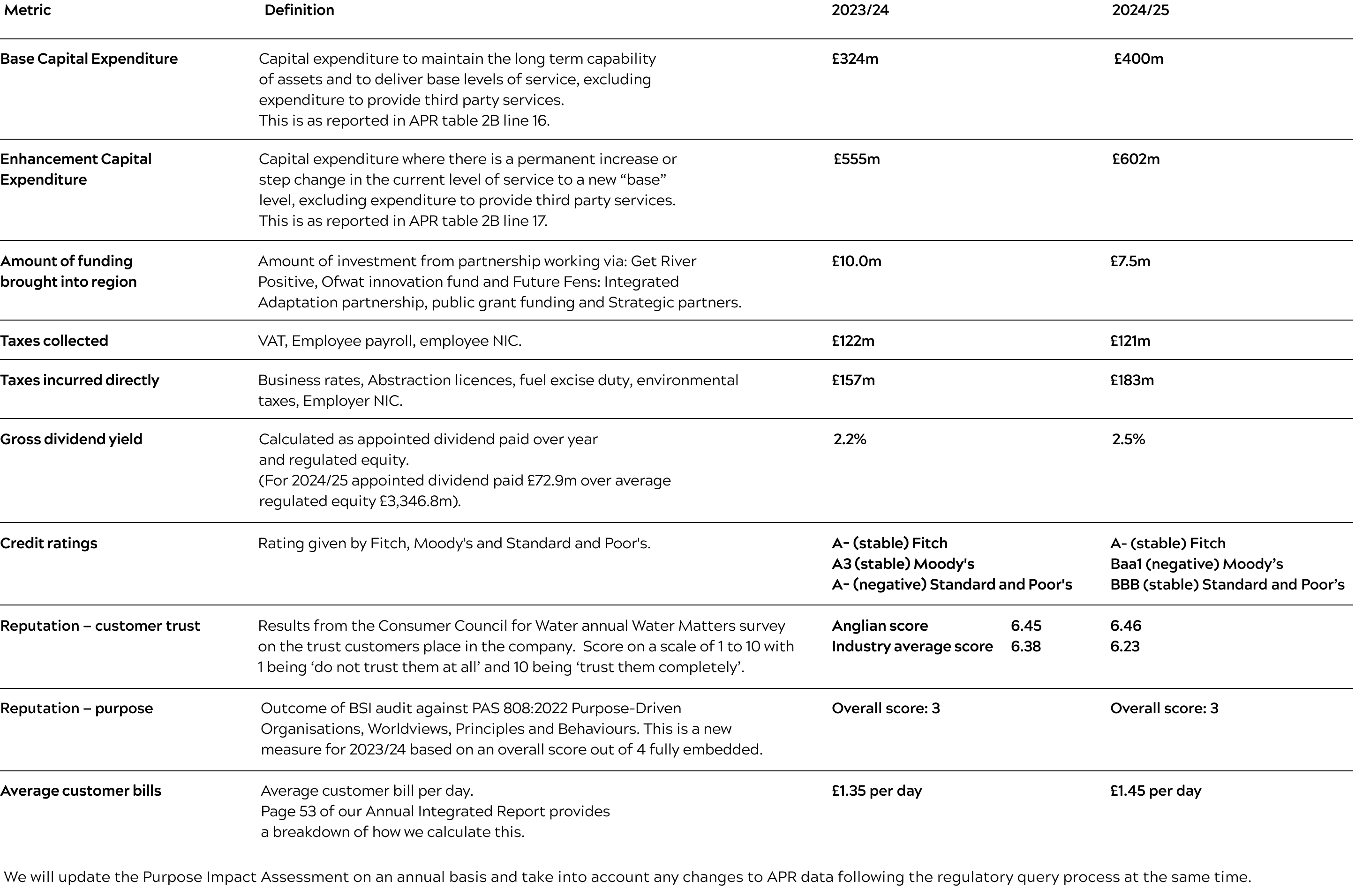What makes a leading purposeful and responsible business is one that understands both the negative impact it creates as well as the positive impact. Anglian Water has prioritised embedding purpose, and its approach to governance and transparency is excellent. This new impact reporting model will help stakeholders really understand the overall positive impact of Anglian Water and should be replicated by businesses all across the UK.
{{selectedAlertBand.alertDescription}}
{{selectedAlertBand.incident.heading}}

